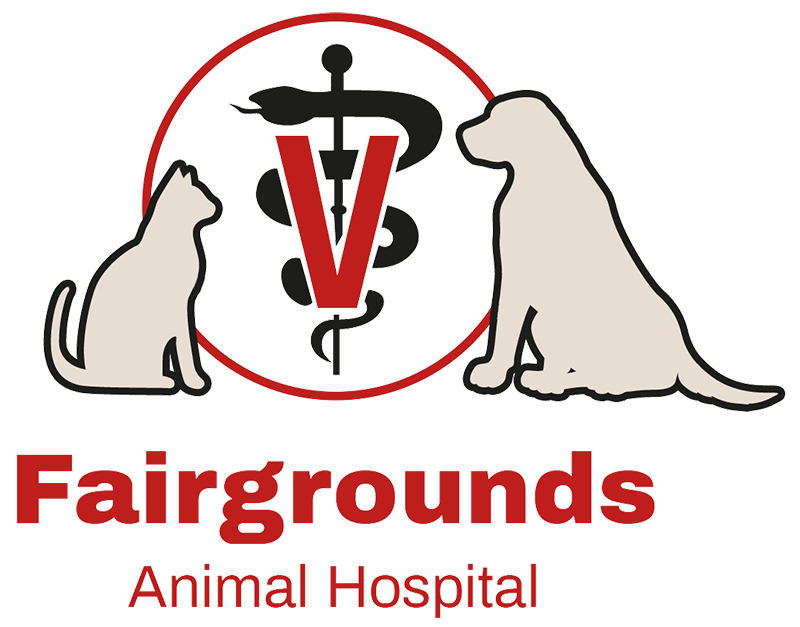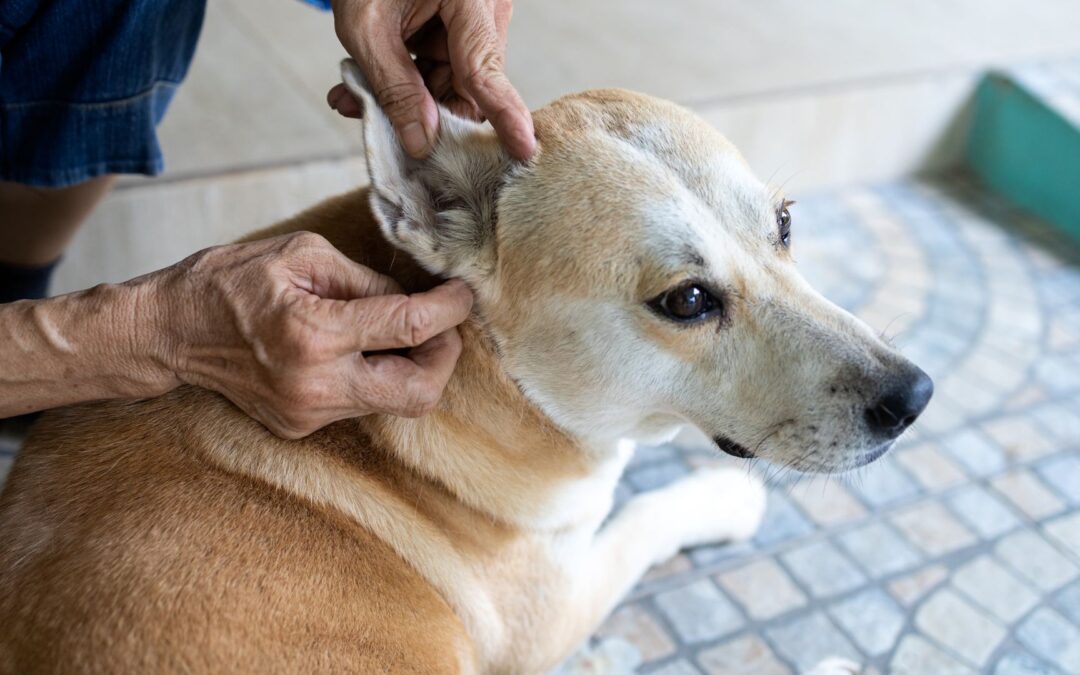Sometimes chronic ear infections are simply hopeless. Perhaps the organism growing is resistant to medical treatment. The ear canal has mineralized from chronic irritation. The ear canal is so scarred and narrowed that external cleaning is a useless activity or there is an inflammatory polyp growing into the throat from the middle ear. A tumor may even have emerged in the ear canal. The bottom line is that this degree of irreversible disease requires surgical treatment. In such cases, all the diseased tissue, the entire ear canal, is removed, the middle ear is drained and the healthy tissue around the ear is closed. This ends what has been a long journey of pain, odor, ear cleaning, and expensive veterinary medications and rechecks.
The owner of a pet with end-stage ears should consider this surgery for multiple reasons – less money spent on ear care, significantly improved quality of life for pet and owner and resolution of significant pain and suffering for the pet. It is important that owners fully understand the basics of the surgery and the associated risks! This surgery removes the diseased ear structures, leaving the ear flap unchanged and cleans out the tympanic bulla which is a part of the middle ear. The ear canal and its opening are and the skin closed, leaving smooth skin with no opening at the base of the ear flap. For dogs with upright ear carriage, their appearance may be altered as the ears may fold over after this surgery. Most dogs with folded ears do not display a significant alteration in appearance.
Preparing For The TECA-BO
Radiographs or CT scans may be recommended to assess the tympanic bullae are helpful. Sedation is generally required, but it will be useful to know before surgery how bad the bullae look, how narrowed the ear canals are and if they are mineralized and if there is an obvious tumor growing. These images help confirm that this surgery is appropriate for the patient.
The ear may be cultured. This helps get the patient on an effective antibiotic right from the beginning. Further cultures may still be required once the bullae are opened.
A complete blood panel and urinalysis are important prior to any major surgical/anesthetic procedure and this procedure is no exception.
The Simplified Procedure:
Both the vertical and horizontal portions of the ear canal are removed. The bone of the tympanic bulla is exposed and opened. Any material is flushed out and the cellular lining of the bone is scraped away. Any material left inside after closure will lead to chronic drainage of liquid from the area of the incision so great care is taken to ensure the lining is completely removed prior to closure.
We inject a long-acting local anesthetic in any disrupted tissues to provide pain control for approximately 3 days. You can also expect oral medications for pain relief to be prescribed for a week or two after surgery.
Potential Complications
The great auricular vasculature is located on the deep surface of the ear canal that is being removed. If this vasculature is damaged, the pinna (or furry ear flap) may lose part of its blood supply. Tissue dies along the margin of the ear flap and trimming may be necessary. This complication is uncommon.
The facial nerve is also located in this vicinity. If the nerve is disturbed, facial paralysis as described above may result. This is one of the more common complications of TECA-BO with a reported 10-15% of cases but it is usually temporary. Facial paralysis after surgery is reported to be permanent in 10-15% of cases in which it occurs. The inability to blink the eyelids and resulting corneal exposure dryness is treated with the application of daily artificial tears.
The retroglenoid vein is located just below the tympanic bulla. If this vein is damaged during surgery, the resulting bleeding is not dangerous but it will obscure the visibility of the area, making surgery more difficult.
Sometimes there is enough swelling in the throat to make breathing labored.
Approximately 5% of TECA-BO patients experience chronic drainage from the incision and require a second surgery of some sort to repair the problem. Usually, the drainage comes from residual cells left in the tympanic bulla or the production of more fluid that can drain normally into the throat from the Eustachian tube (the natural connection between ear and throat).
Hearing is likely to be diminished after surgery although after years of intractable ear disease, hearing is likely diminished already. Hearing should be assumed to be disrupted with this surgery, despite the removal of the eardrum. Some dogs can hear sounds at normal volumes after the TECA-BO surgery through bone conduction. It is not possible to predict how much more hearing loss an individual will experience after TECA-BO.
Cholesteatoma
A cholesteatoma can complicate the results of the TECA-BO, so it is helpful to know prior to surgery if such a structure is there. The cholesteatoma is an expanding structure within the bulla that produces a slimy discharge and destroys tissue including the bones of the bulla as it enlarges. If it is not removed completely (which can be challenging), there will likely be continuing drainage from the area. There may or may not be drainage evident under the ear, as early cases frequently manifest with oral pain (especially pain opening the mouth or chewing) and with pain when pressure is applied to the bulla externally. A CT scan will show bone destruction if there is a cholesteatoma. If a cholesteatoma is suspected, the surgical technique can be appropriately planned.
In most cases, the results are nearly miraculous. Patients demonstrate more energy and significantly improved quality of life now that their headaches and painful ears are gone. There is no more odor, ear cleaning, or pain. This surgery requires advanced skill and general practice veterinarians are typically not trained and competent to perform it. Fairgrounds Animal Hospital is lucky to have a residency-trained surgeon who is comfortable performing this procedure – please call to schedule a consultation if you believe your pet is a viable candidate for this life-transforming surgery.
Modified from URL: Total Ear Canal Ablation and Ventral Bulla Osteotomy (TECA-BO) for EndStage Ears in Dogs on 12 JAN 25; Wendy Brooks, DVM, DABVP; Date Published: 08/01/2004 Date Reviewed/Revised: 09/24/2022

